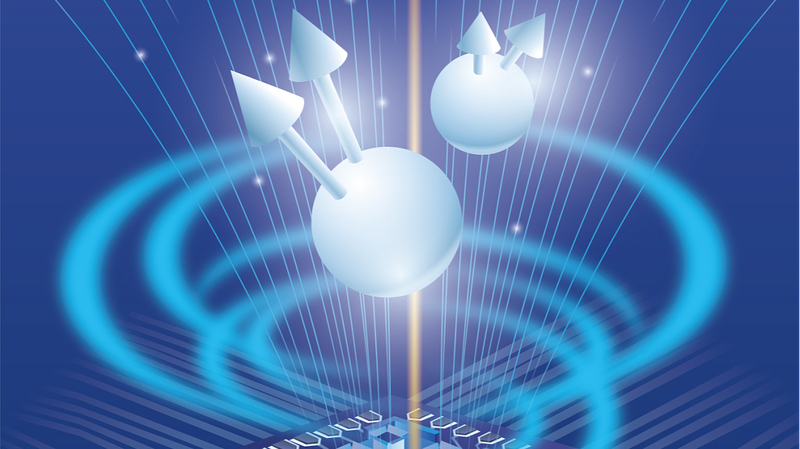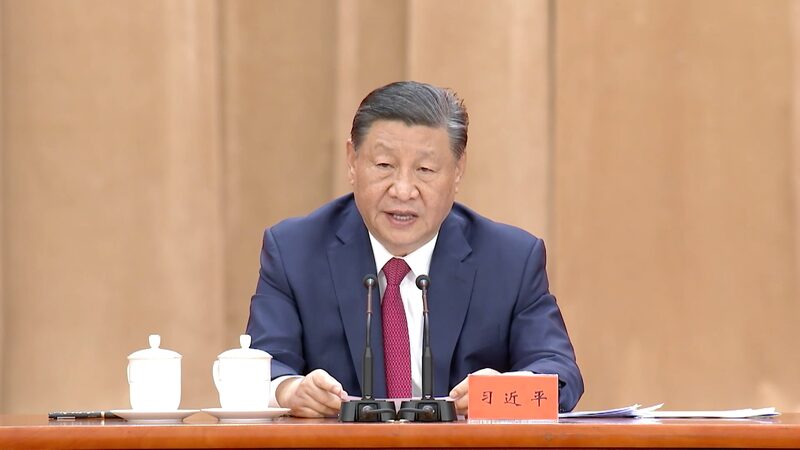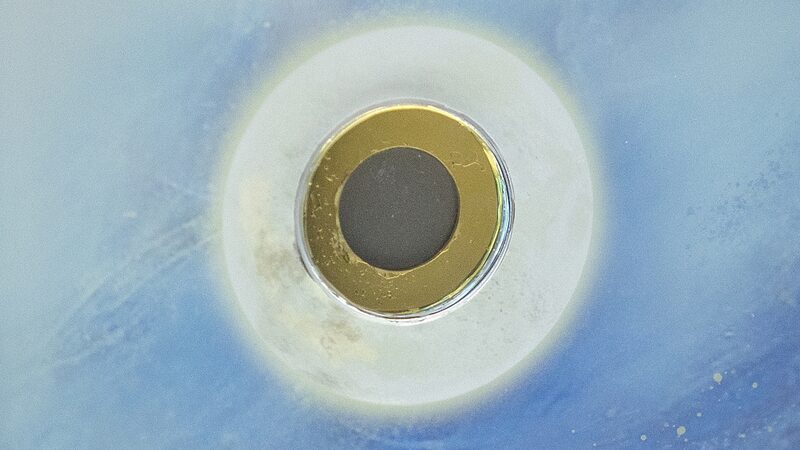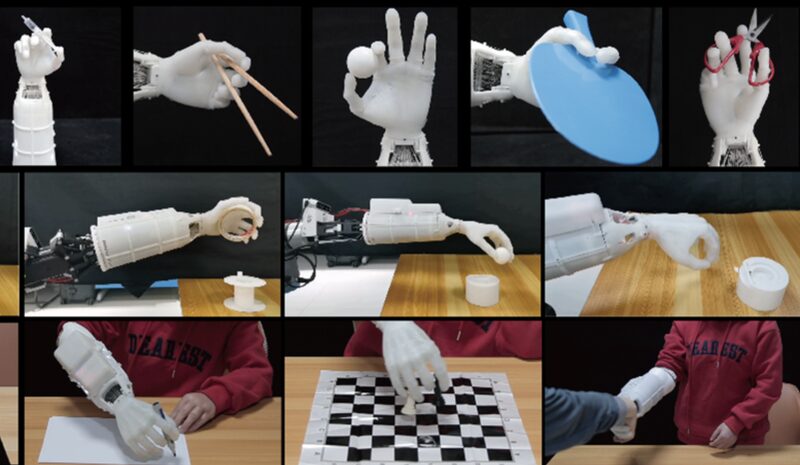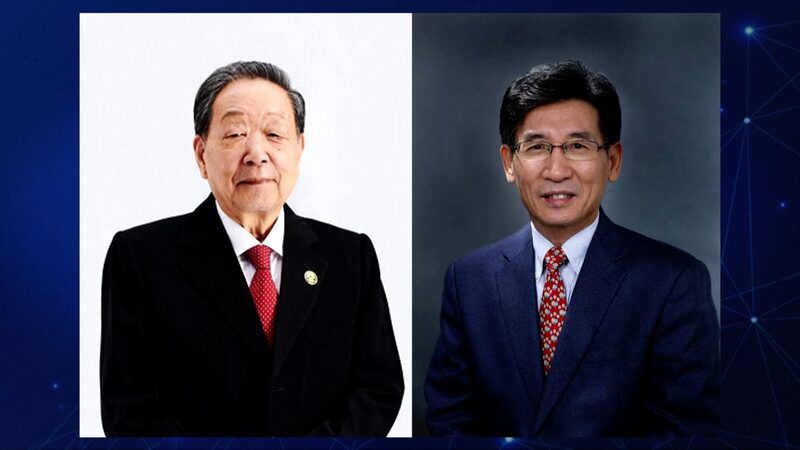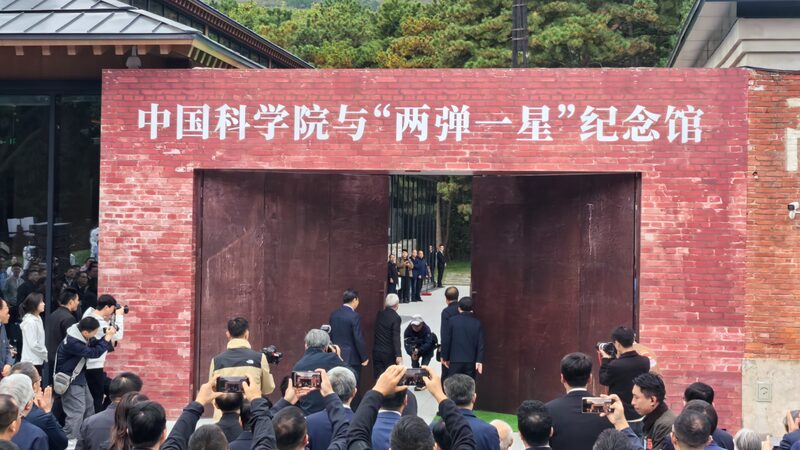Chinese scientists have made a significant breakthrough in quantum simulation technology by successfully replicating a complex quantum phenomenon using photons instead of electrons. The research team from the University of Science and Technology of China (USTC) has simulated the fractional quantum anomalous Hall state, a phenomenon that has been a focal point in condensed matter physics.
At a press conference on Monday, Pan Jianwei, a prominent Chinese quantum physicist and academician with the Chinese Academy of Sciences (CAS), announced that this advancement is poised to propel further research in quantum physics and quantum computing. “This breakthrough opens new avenues for exploring quantum phenomena and developing quantum technologies,” Pan said.
The team, led by Pan Jianwei and Lu Chaoyang, independently developed a new type of superconducting qubit named “Plasmonium.” A qubit, or quantum bit, is the fundamental unit of information in quantum computing. The Plasmonium qubit overcomes limitations of traditional Transmon qubits by providing higher anharmonicity, which allows for stronger interactions between photons.
Their research, published in the journal Science on May 2, addressed two critical challenges in realizing the fractional quantum anomalous Hall effect with photons. By developing the Plasmonium qubit and creating an artificial magnetic field for photons using AC coupling, they enabled photons to accumulate Berry phase as they traverse a lattice structure. This innovation provides new methods for experimental observation and manipulation of quantum states.
Chang Jin, vice president of CAS, highlighted the significance of the achievement at the press conference. “This development is expected to have a profound impact on the future of quantum technology,” Chang said. “We anticipate that the global scientific community will continue to advance quantum technology through international cooperation, transforming fundamental research into key technologies that drive social progress and economic development.”
The scientific community has lauded the team’s accomplishment. Peter Zoller, a renowned physicist and chair professor at the University of Innsbruck, described the breakthrough as “a remarkable achievement, both scientifically and technically.” He noted that achieving such a goal has been “one of the holy grails of quantum simulation for many years in many laboratories worldwide.”
Nobel laureate Frank Wilczek also praised the study, calling it “a very promising idea” and “a very impressive experiment.” He emphasized that it represents “a remarkable step” in the field of quantum information processing.
This breakthrough not only solidifies China’s position at the forefront of quantum research but also contributes significantly to the global pursuit of quantum computing and advanced quantum technologies. The ability to simulate complex quantum phenomena with photons could accelerate the development of next-generation quantum devices, impacting various sectors, including information technology, security, and materials science.
Reference(s):
Chinese scientists make major breakthrough in quantum simulation tech
cgtn.com
